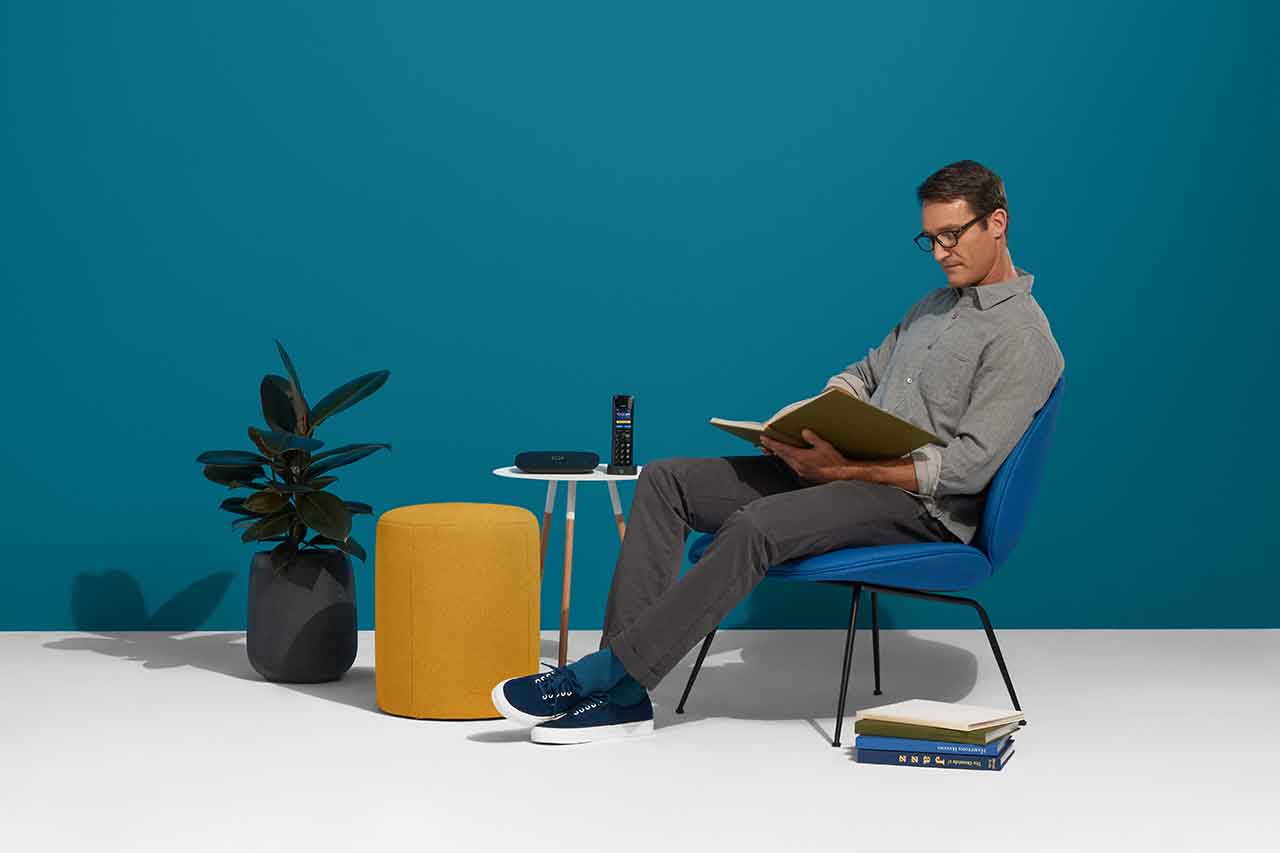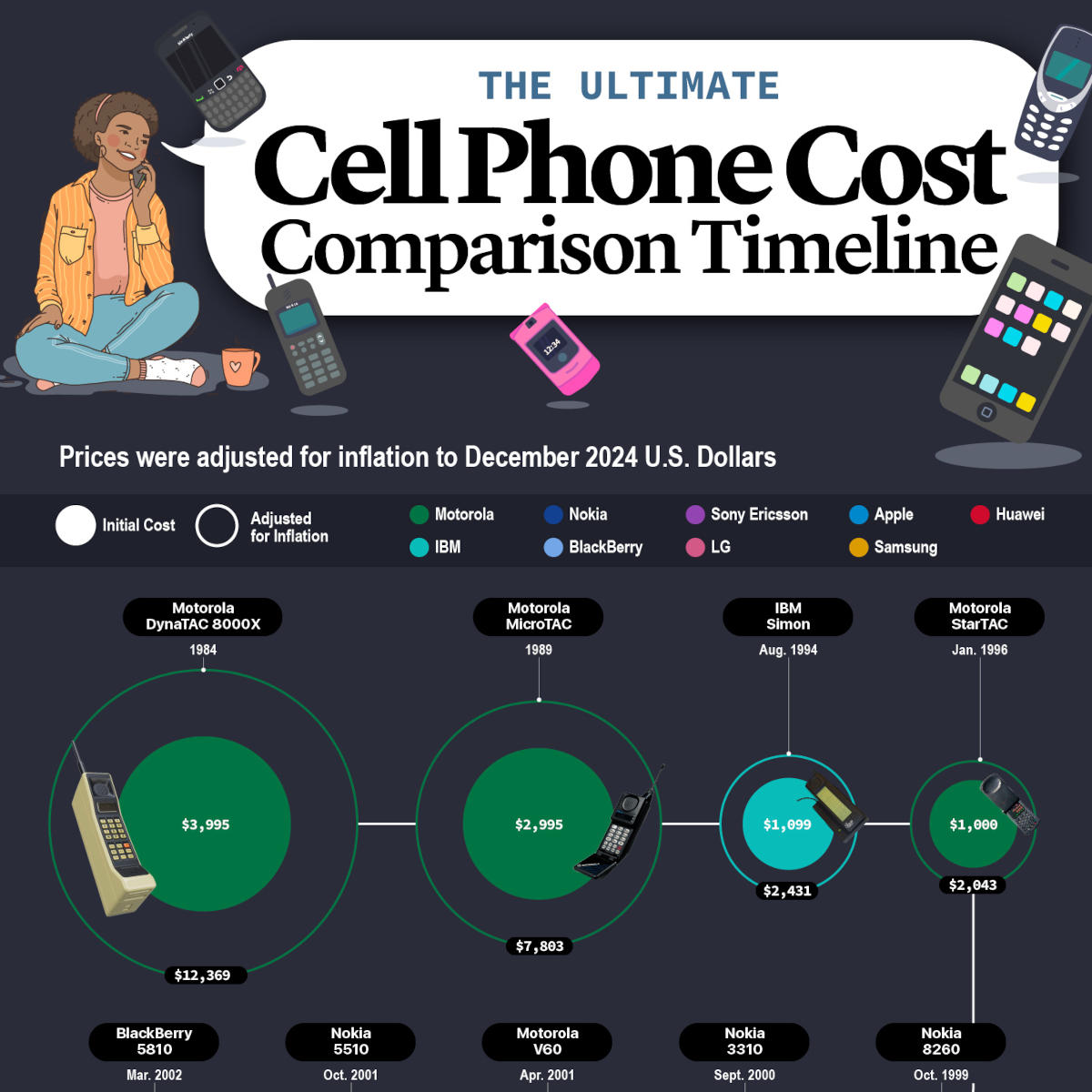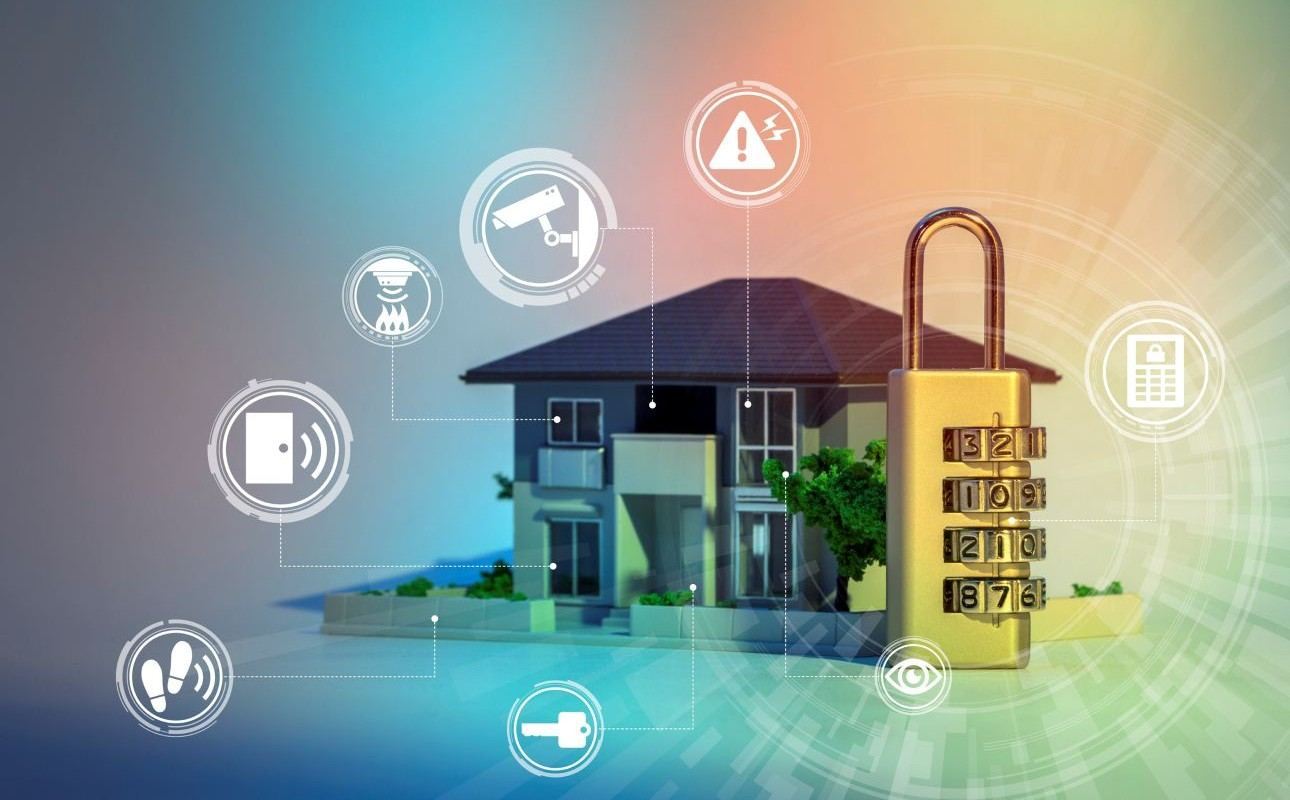How VoIP home phone service can help

When everyone in your home has a smartphone that gives them access to anything and everything at any time, it’s reasonable to consider cutting the cord with your landline. After all, it doesn’t make sense to have both a landline and a mobile phone, right?
About 73 percent of Americans living in a household at the end of 2022 think so, but they’re missing out on key services a home VoIP phone offers. The value may not be monetary, but these services do provide a number of benefits while avoiding the high costs associated with traditional home phone providers.
Plus, by getting rid of your landline and becoming a smartphone-only household, you’ll face these issues.
911 Emergency Services
You should never take emergencies lightly, and it’s often difficult to prepare for one until it actually happens. A major downside to becoming a smartphone-only household is it may limit your 911 service.
Emergency dispatchers have limited ability to geolocate 911 calls made from mobile phones. While the FCC has made efforts to improve accuracy, including E911 services, there are still downsides.
Location accuracy from mobile phones still isn’t as precise as that provided by a landline phone. Specific addresses are linked to landline phone numbers, which means that emergency dispatchers know exactly where you are.
Because of the mobile nature of smartphones and cell phones, they can’t automatically share a fixed address. Due to limits of technology, the FCC requires the horizontal accuracy of E911 be only 80 percent.
Let’s pause for a second: What does horizontal accuracy mean? It’s basically how precise the given location is on a map. You can get a sense of this if you look at a map app on your phone. When there’s a solid GPS signal, it’s very precise and shows you as a dot on the map. If you have bad coverage, you’ll get a large, filled-in circle estimating your location in a given area. The latter is closer to what dispatchers see. Vertical accuracy does the same, but for estimating your location if you’re in a building with multiple floors.
Here’s a simpler way of thinking about it: Because the horizontal accuracy requirement is only 80 percent, first responders might know the general area of where you are, but not exactly where you are. This can be a problem if you live in a densely populated area, like an apartment complex.
It’s even worse if you live in a tall apartment complex or hi-rise. That’s because the requirement for vertical accuracy won’t take effect until 2026!
If you want the accuracy of landline 911 service, but not the cost, VoIP has an alternative. With Ooma home phone service, you are responsible for updating your home address so that when you make a 911 call, your home address* is automatically sent to an emergency dispatcher. They’ll know exactly where your home is, saving you precious time.
Even better, you can add 911 alerts to emergency contacts you set up. This way, if an elderly relative who has Ooma Telo has an emergency situation and calls 911, you’ll be one of the first to know.
Networked household
It’s wonderful when every person gets to have their own smartphone to mirror their own identity. It can be very valuable for checking in on each other when someone is getting groceries or taking a long commute or out late at night.
However, having a household with a centralized communication option can save you a lot of headaches. If there are children or tweens in the family who aren’t ready for smartphones, a home phone can be a valuable way for them to make calls.
It also gives your loved ones a central location for contact. This is especially useful during holidays, parties, or, sadly, if a tragedy occurs. Having a central point of contact that doesn’t rely on one person picking up the phone can spare a lot of headaches.
Imagine if your family was gathering at mom’s home for the holidays, but your sister’s flight got delayed or came in early. Instead of making the rounds through everybody, experiencing missed call after missed call because it was too loud and most smartphones stay on silent, she can call a central location and whoever is available can pick up that loud ringing. And let’s be real, a home phone ringing is such a rare event nowadays that when someone does hear one they really notice it.
Cost versus value
Yes, cutting your landline means you’re paying one less bill. You’re also losing the value you can get from a landline.
As you consider the best home phone services for your household, consider a high-quality home phone service. You want something with crystal-clear call quality without breaking the bank.
With Ooma home phone service, you get that. For example, if you’re paying $50 a month for landline phone service and switch to Basic Ooma service, you can cut your service costs by around $1,500 in three years. You can check how much you can save with our savings calculator.
Best of mobile and landline
The limitation of landlines has always been that if you’re out and about you won’t get the phone calls or messages, which makes a smartphone essential. However, with VoIP you can get the best of both worlds.
With the Ooma home phone app, you can receive calls and check your voicemails no matter where you are. You’ll always be connected to home, and home will always be connected to you.
*E911 availability depends on the E911 capability of the applicable 911 call center in addition to customers keeping their addresses updated so that dispatches receive the correct address.



